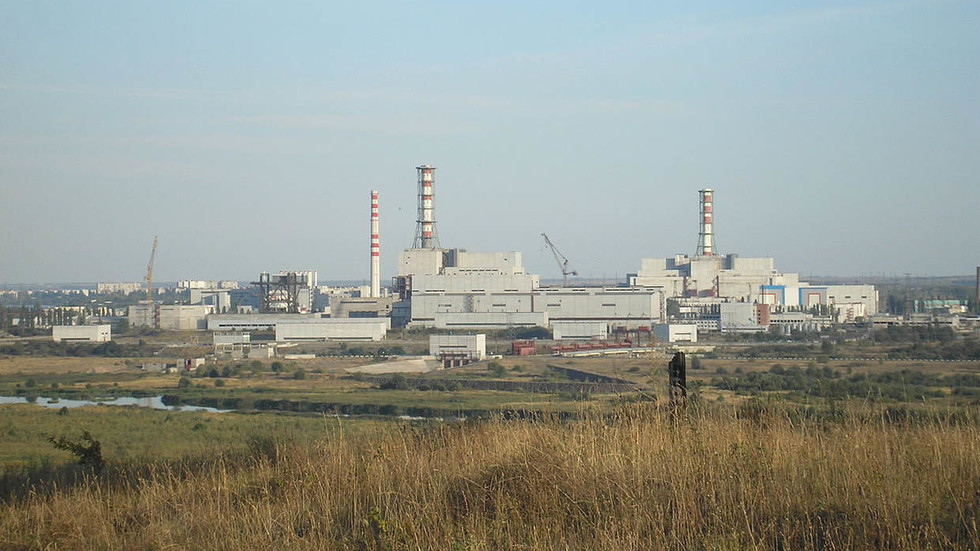On World Tsunami Awareness Day, November 5, global efforts are underway to educate the next generation about the dangers of tsunamis, commemorating the 20th anniversary of the 2004 Indian Ocean disaster that claimed 228,000 lives.
This year’s World Tsunami Awareness Day aligns with the Sendai Framework’s goal of reducing disaster risks, with a strong focus on passing down lessons from the 2004 Indian Ocean tsunami to youth worldwide.
The 2004 Indian Ocean tsunami, triggered by a magnitude 9.1 earthquake off the coast of Sumatra, Indonesia, stands as one of the deadliest natural disasters of recent history, affecting 14 countries. Within 20 minutes, waves struck Indonesia and India’s Andaman and Nicobar Islands, with a global reach that extended to the African coast hours later.
In Thailand, a 10-year-old girl, Tilly Smith, recognized the signs of an impending tsunami from a geography lesson, warning those on Mai Khao Beach. Her swift action led to the evacuation of over 100 people, saving lives. Reflecting on her experience, Smith said, “My mum didn’t know the word ‘tsunami’ — that’s why it’s so important to be taught about these things.”
In the disaster's aftermath, international collaboration led to the development of a tsunami early warning system, now serving 27 Indian Ocean basin countries. However, UNESCO emphasizes that early warnings are effective only when communities understand the risks and know how to respond.
Currently, over 700 million people in low-lying coastal regions are at risk of extreme sea-level events, including tsunamis. Advocates are urging governments to promote awareness and establish resilient infrastructure to protect vulnerable communities.
The UN’s Office for Disaster Risk Reduction (UNDRR) has called on nations to continue raising awareness, empowering future generations with the knowledge and skills to stay safe during natural disasters.

 By Tasnim News (World News) | Created at 2024-11-05 08:04:45 | Updated at 2024-11-05 10:56:08
3 hours ago
By Tasnim News (World News) | Created at 2024-11-05 08:04:45 | Updated at 2024-11-05 10:56:08
3 hours ago



